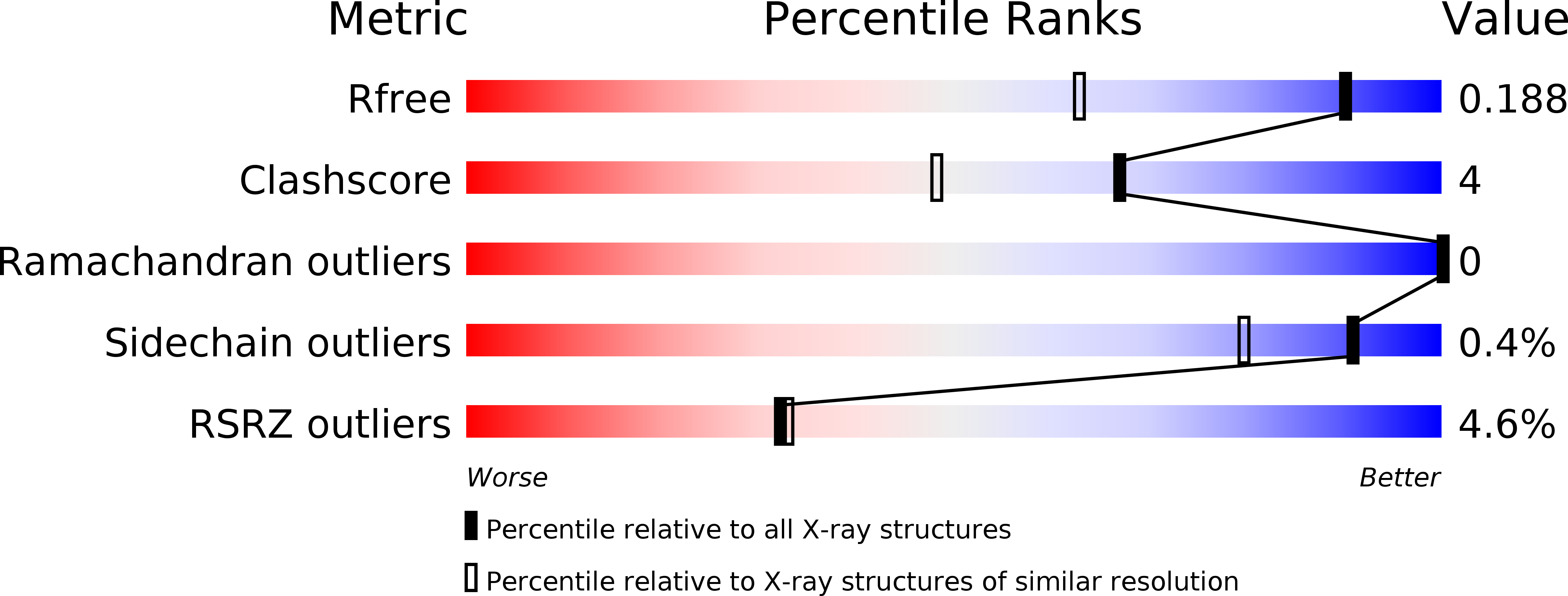
Deposition Date
2012-03-09
Release Date
2012-09-26
Last Version Date
2024-11-27
Entry Detail
PDB ID:
4E3M
Keywords:
Title:
Crystal structure of AmpC beta-lactamase in complex with a 2-chloro-4-tetrazolyl benzene sulfonamide boronic acid inhibitor
Biological Source:
Source Organism:
Escherichia coli (Taxon ID: 83333)
Host Organism:
Method Details:
Experimental Method:
Resolution:
1.44 Å
R-Value Free:
0.19
R-Value Work:
0.16
R-Value Observed:
0.16
Space Group:
C 1 2 1


